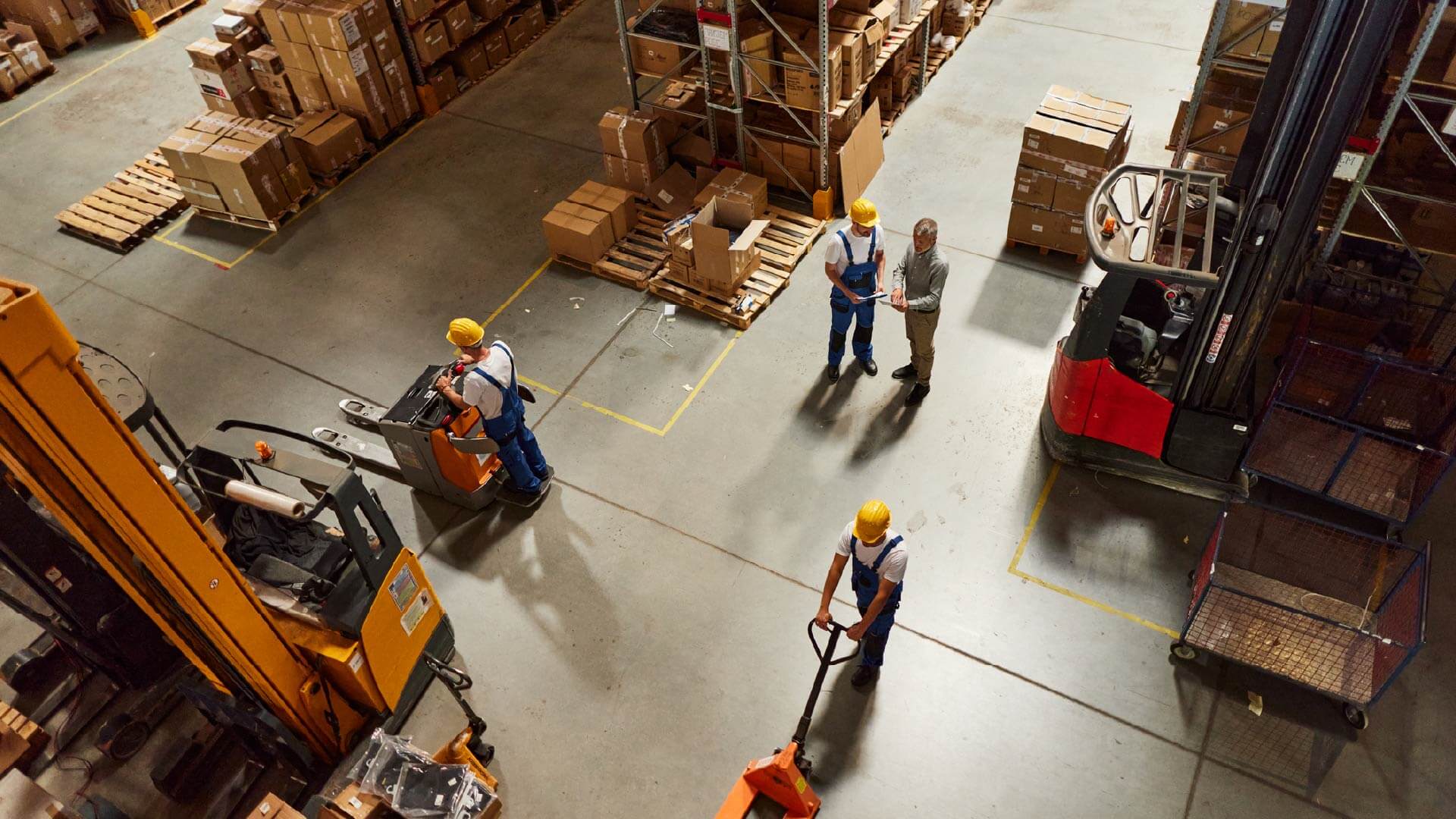Beyond Regulation: Building Resilient And Sustainable Chemical Operations
As chemical regulations intensify and sustainability pressures mount, firms face a dual challenge: maintaining compliance while driving operational excellence. For EHS leaders navigating this balancing act, Verdantix has researched best practices for next-generation chemical management, highlighting three critical takeaways:
1. Regulatory complexity demands proactive compliance.
Over the past decade, frameworks such as REACH, CLP and TSCA have expanded to cover broader environmental and health concerns. The EU’s October 2025 REACH review will introduce stricter registration rules and reinforce the ‘essential use’ principle, compelling firms to justify hazardous chemical applications. Digitization is central to meeting these demands: standardized electronic safety data sheets (SDSs) and digital product passports will streamline compliance reporting and enhance supply chain transparency.
2. Technology is redefining chemicals management.
The shift from reactive compliance tools to intelligent, predictive systems is accelerating. AI-powered platforms now automate SDS management, track global regulatory changes and identify safer chemical alternatives. Advanced capabilities – such as predictive risk engines and real-time incident reporting – are reducing high-severity events and cutting audit preparation time by up to 40%. Beyond software, innovations like sensor networks, drones and digital twins are enabling continuous monitoring and predictive maintenance, delivering measurable ROI through reduced downtime and improved safety performance.
3. Sustainability and safety culture are non-negotiable.
Green chemistry principles and circular material flows are becoming operational imperatives. Firms must redesign processes around sustainable-by-design chemicals while embedding or enhancing a robust safety culture. Leadership commitment to open communication and near-miss reporting is essential to prevent serious injuries and fatalities. Without leadership buy-in, safety initiatives often remain stalled on the operational level. Employees hesitate to report near-misses and safety observations due to fear or lack of trust, resulting in blind spots where risks can escalate unnoticed. Coupled with AI-driven automation, these cultural and process shifts position organizations to meet stakeholder expectations and regulatory requirements while unlocking long-term resilience.
The next decade will be defined by firms that integrate people, processes and technology into a unified strategy. Those investing in digital maturity and sustainable innovation today will lead the chemical industry’s transformation tomorrow.
About The Author

Katia Makshanova
Senior Analyst




